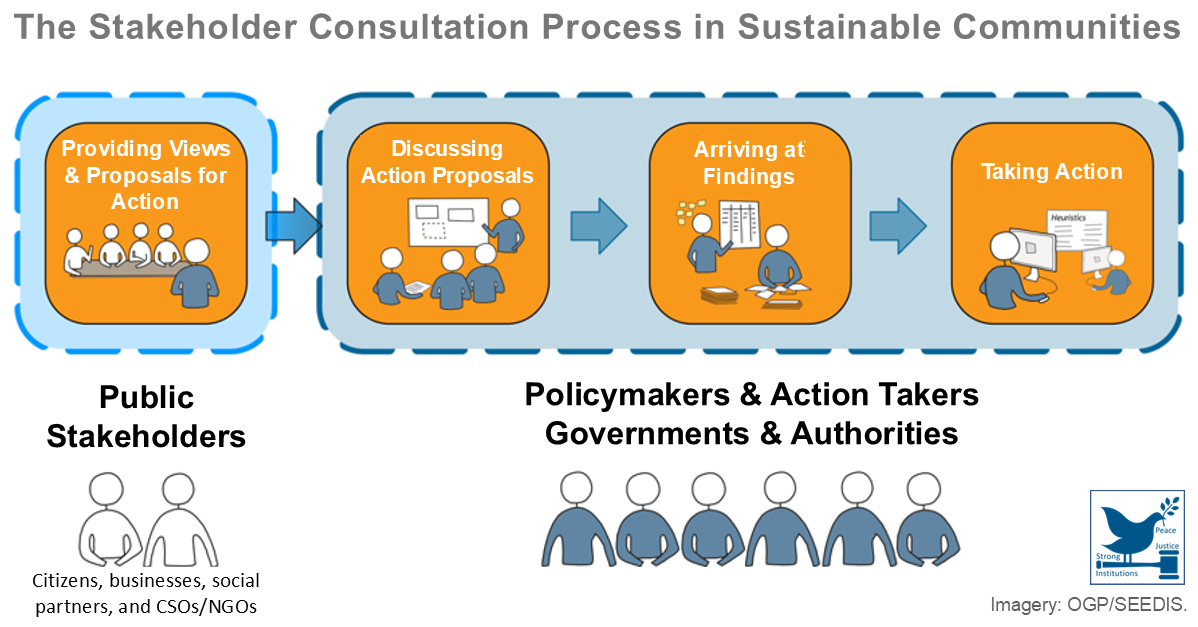The actual syndication process is initiated when bookrunners send invitation letters to prospective syndication participants. Sub-underwriting is launched by bookrunners sending invitations to prospective co-underwriters. General syndication starts with the sending of invitation letters to prospective participant lenders by sub-underwriters.
Upon receiving an invitation, interested banks sign the confidentiality agreements to gain access to the info memo and other deal information. They then analyze the information and prepare evaluation reports, upon which they decide whether or not to participate.
Banks decide whether to join a syndication by performing their own independent due diligence and credit approval. The banks must get credit approval for a specific amount and submit formal commitment letters to the bookrunner requesting participation at a specific level (“ticket size”) and their conditions for participation.
The commitments are based on credit approvals by each bank, and as such, the lead arranger cannot increase the amounts.
2024-09-11T14:04:12+02:00The bookrunners decide on the participation, determine the allocations for each lender participant, and approve acceptable participation preconditions.
Most large acquisition finance deals are kicked off at a bank meeting at which potential lenders hear management and the sponsor group describe the terms of the financing, the transaction it backs and why and how the lenders will be repaid on or ahead of schedule (“exit strategies”). If it is a small deal or a refinancing, there may instead be a series of conference calls or one-on-one meetings with the potential investors.
Documentation drafting is on-going process in parallel to the syndication, led by the documentation agent. Successful syndication is subject to “subject to documentation”. Depending on the interest of the prospective participants and negotiations, the terms might be adjusted in several rounds. Provisions may be heavily negotiated and modified by side letter.
Share the knowledge! Choose your platform:


Leave A Comment
You must be logged in to post a comment.